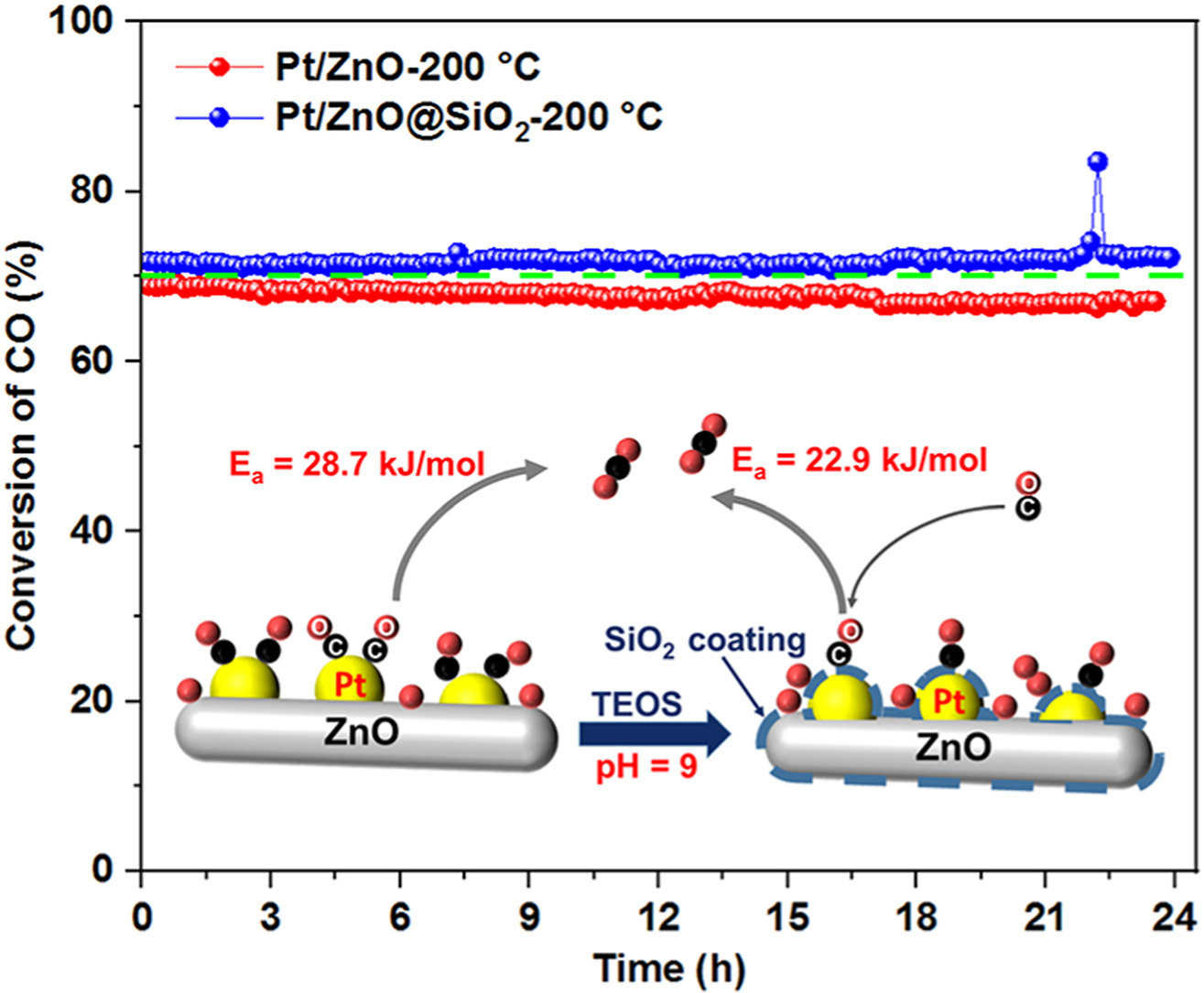- Volumes 96-107 (2025)
-
Volumes 84-95 (2024)
-
Volume 95
Pages 1-392 (December 2024)
-
Volume 94
Pages 1-400 (November 2024)
-
Volume 93
Pages 1-376 (October 2024)
-
Volume 92
Pages 1-316 (September 2024)
-
Volume 91
Pages 1-378 (August 2024)
-
Volume 90
Pages 1-580 (July 2024)
-
Volume 89
Pages 1-278 (June 2024)
-
Volume 88
Pages 1-350 (May 2024)
-
Volume 87
Pages 1-338 (April 2024)
-
Volume 86
Pages 1-312 (March 2024)
-
Volume 85
Pages 1-334 (February 2024)
-
Volume 84
Pages 1-308 (January 2024)
-
Volume 95
-
Volumes 72-83 (2023)
-
Volume 83
Pages 1-258 (December 2023)
-
Volume 82
Pages 1-204 (November 2023)
-
Volume 81
Pages 1-188 (October 2023)
-
Volume 80
Pages 1-202 (September 2023)
-
Volume 79
Pages 1-172 (August 2023)
-
Volume 78
Pages 1-146 (July 2023)
-
Volume 77
Pages 1-152 (June 2023)
-
Volume 76
Pages 1-176 (May 2023)
-
Volume 75
Pages 1-228 (April 2023)
-
Volume 74
Pages 1-200 (March 2023)
-
Volume 73
Pages 1-138 (February 2023)
-
Volume 72
Pages 1-144 (January 2023)
-
Volume 83
-
Volumes 60-71 (2022)
-
Volume 71
Pages 1-108 (December 2022)
-
Volume 70
Pages 1-106 (November 2022)
-
Volume 69
Pages 1-122 (October 2022)
-
Volume 68
Pages 1-124 (September 2022)
-
Volume 67
Pages 1-102 (August 2022)
-
Volume 66
Pages 1-112 (July 2022)
-
Volume 65
Pages 1-138 (June 2022)
-
Volume 64
Pages 1-186 (May 2022)
-
Volume 63
Pages 1-124 (April 2022)
-
Volume 62
Pages 1-104 (March 2022)
-
Volume 61
Pages 1-120 (February 2022)
-
Volume 60
Pages 1-124 (January 2022)
-
Volume 71
- Volumes 54-59 (2021)
- Volumes 48-53 (2020)
- Volumes 42-47 (2019)
- Volumes 36-41 (2018)
- Volumes 30-35 (2017)
- Volumes 24-29 (2016)
- Volumes 18-23 (2015)
- Volumes 12-17 (2014)
- Volume 11 (2013)
- Volume 10 (2012)
- Volume 9 (2011)
- Volume 8 (2010)
- Volume 7 (2009)
- Volume 6 (2008)
- Volume 5 (2007)
- Volume 4 (2006)
- Volume 3 (2005)
- Volume 2 (2004)
- Volume 1 (2003)
• The SiO2 layer effectively restrains Pt nanoparticle sintering during high-temperature calcination.
• The SiO2 coated on Pt-based catalyst enhances the oxidation activity and stability of low-temperature CO oxidation.
• The SiO2 layer is cost-effective and readily available.
The catalytic oxidation of carbon monoxide (CO) to carbon dioxide (CO2) is an effective way to eliminate the harmful effects of CO, with catalysts playing a crucial role in this process. Although Pt-based catalysts have been widely used for CO oxidation, the low-temperature activity and thermal stability still need to be improved. In this study, a Pt/ZnO@SiO2 composite structure was constructed by coating Pt/ZnO catalysts with a thin SiO2 layer. The influence of SiO2 overcoating layer on the sintering behavior of Pt nanoparticles (NPs) and on the catalytic performance of the Pt catalyst for CO oxidation was investigated in detail. And the results were compared with those without SiO2 overcoating layer. Investigations found that the SiO2 coating layer effectively inhibited the sintering of Pt NPs at high temperatures, enhancing the thermal stability. In addition, the SiO2 overcoating layer improved the catalytic activity of the Pt-based catalyst by inducing higher concentration of oxygen vacancies on the catalyst surface as well as weakening the CO adsorption, which could enhance the adsorption and activation ability of oxygen. Meanwhile, the presence of SiO2 overcoating layer improved the catalytic stability during CO oxidation reaction. This work provides an important reference for the design and development of supported Pt-based catalysts with excellent thermal stability and catalytic activity for CO oxidation.

